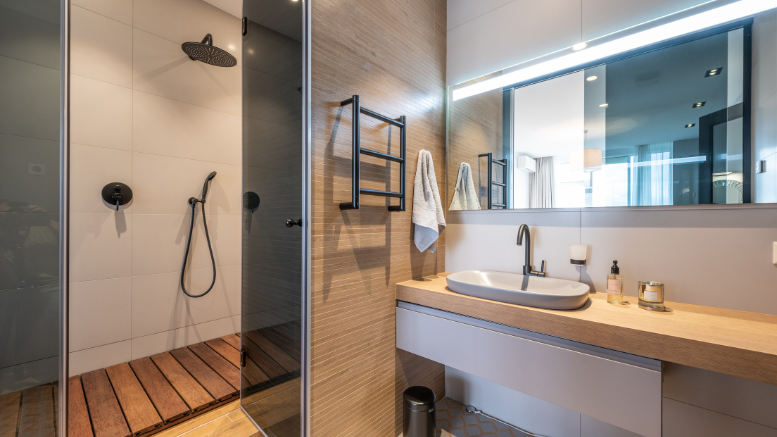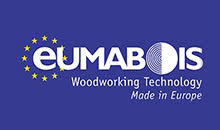The new directive on the energy performance of buildings-known as the “Green Homes” directive-was published a few days ago in the Official Journal of the EU and will come into force in 20 days, with a significant impact on the entire real estate sector and therefore also on the world of bathroom furnishings, pushing toward more sustainable, efficient and environmentally friendly solutions.
The issue was the focus of a conference organized yesterday by FederlegnoArredo’s Assobagno, which represents Italian bathroom furniture manufacturers, during the association’s general assembly.
Industry experts, including Stefania Striato, Green Building Council Italia Certifications Area Manager, Silvia Ricci, ANCE Vice President with responsibility for Ecological Transition, and Francesco Molteni, ANCE Como President, analyzed opportunities and future scenarios for the real estate and renovation market.
Starting in 2030 all new residential buildings will have to be built to be zero-emission, while for public buildings the standard will apply from 2028. At least 16 percent of the worst performing public buildings will have to be renovated by 2030 and 26 percent by 2033. For existing homes, an energy consumption reduction target of 16 percent from 2030 and 20 minus 22 percent by 2035 will apply.
“The EU Green Homes Directive provides us with a framework to guide businesses and consumers toward more sustainable and responsible practices, As an association our commitment is aimed at stimulating a culture of domestic water saving, and it is crucial for us at this stage to involve all players in the sector, to network and ensure an effective transition,” explained Assobagno President Elia Vismara. “The focus on the bathroom environment is crucial, as it represents a key point within the home, where even small measures can make a big difference in terms of functionality, comfort, water and energy savings. It is one of the domestic environments with the highest water consumption, but thanks to product innovation it is possible to optimize daily use. Contextually, with the increased focus on energy and water efficiency, renovations that include the installation of more energy- and water-efficient equipment, such as low-flow faucets, water-saving showers, and more efficient water heating systems, will become crucial. And from this point of view, the focus of Italian companies on making products increasingly sustainable can become a relevant competitive factor.”
Hence also Assobagno’s decision to sign an agreement with the Unified Water Label Association (Uwla) to promote water-saving labeling in the bathroom industry. The labeling provides clear and standardized information on the water and energy consumption of bathroom products, with the goal of encouraging the widespread adoption of products that meet water efficiency standards.
By 2023, investment in construction in Italy amounts to just under 221 billion euros (Istat data), an increase of plus 5 percent in real terms. The increase in value, on the other hand, is plus 9.7 percent, and concerns both housing (plus 5.2 percent) with slightly more dynamism for new (plus 5.9 percent) than for maintenance (plus 5 percent), and nonresidential (plus 15.2 percent) both private (plus 9.7 percent) and especially public (plus 23.3 percent). In 2024, extraordinary maintenance, which accounted for 40 percent of the market in the last three years, will decline by 27 percent, according to Ance. If the NRP continues to support public works, with 20 percent growth, the decline will also affect new housing (minus 4.7 percent).
According to the objectives of the Case Green directive, the building stock should become emission-neutral by 2050, and it is therefore important to provide for integrated interventions at the design level and to define fiscal measures that encourage the redevelopment process, which involves, according to data released by ANCE, 12.2 million residential buildings, of which more than 9 million fall into the most energy-intensive classes (E, F, G). More than 70 percent of Italian buildings are more than 45 years old, meaning they were built before 1976.
BATHROOM FURNISHINGS, DATA AND TRENDS
After a two-year period of strong dynamism thanks to the extraordinary performance of the residential sector in 2023, the bathroom furnishing system suffers a contraction of 4.5 percent, the FederlegnoArredo Study Center’s findings attest.
However, the sector remains at 4.2 billion euros in sales, above the pre-Covid 3.4. There are 22,898 employees and 923 companies. More pronounced was the decline in exports to 1.7 billion euros (minus 6.9 percent), accounting for 41 percent of total turnover; smaller (minus 2.8 percent) was the decline in domestic sales, which touched 2.5 billion euros (59 percent of turnover). Sales to Germany in particular are down (minus 11.8 percent to 269 million euros), which becomes the second largest market behind France (271 million, minus 3.8 percent). Stable are the United Kingdom (94 million euros) and Switzerland (88 million euros) in third and fourth position, respectively. Some interesting evidence emerges from the January-December 2023 Monitor conducted by the FederlegnoArredo Study Center on a sample of representative companies to investigate their sentiment.
For bathroom furniture companies, the hopes are for a 2024 growth of 4.5 percent in Italy and 5.3 percent abroad. Among the reported markets are India, Saudi Arabia and the United Arab Emirates, as well as Poland, Greece, Portugal and Israel. From the first available 2024 data, positive numbers are reported toward Spain (plus 3.1 percent) and the United States (plus 11.3 percent).














